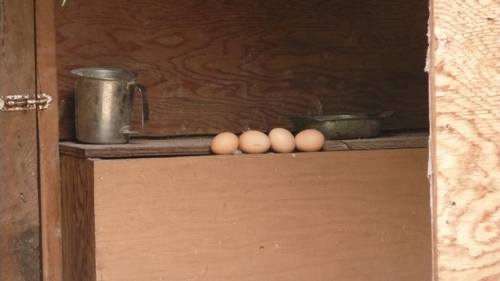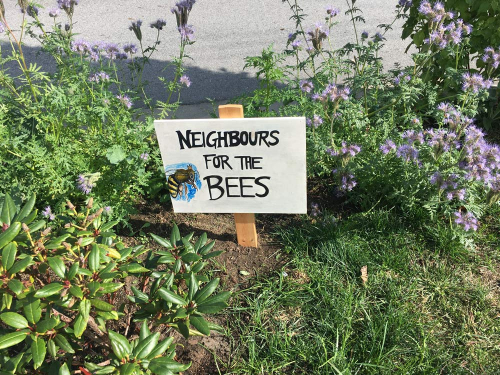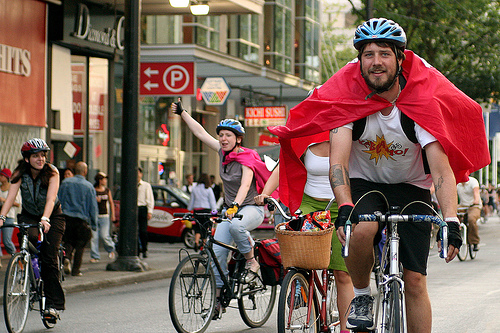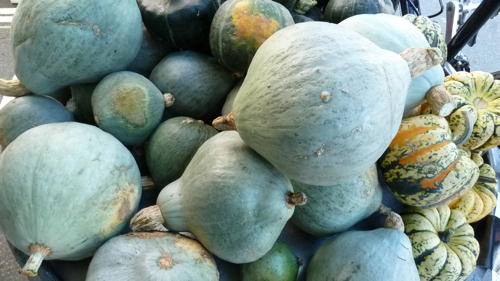Where do your eggs come from?
 Eggs at a family farm in Pemberton, BC
Eggs at a family farm in Pemberton, BCThe sled dog mass killing in Whistler recently has sparked outrage, leading to some much-needed discussion about the unethical treatment and slaughter of animals that we tend to ignore: factory farm animals and grizzly bears. After a cat was thrown in a garbage can, fuelling world-wide fury, a question was posed whether food animals are “victims of their poor image”. Considering dogs and cats appear to get all the attention, I’d have to agree.
I wrote the following text almost three years ago for an Environmental Ethics essay, but I was already beyond the word limit and didn’t include it. You can probably expect to hear more about factory farming from me as this series continues (unless you help me reach my $300 fundraising goal!). Later, I’ll dig up and add some more information that came to light well after this was written.
Chicken and eggs
The deplorable conditions in which hens and “broiler chickens” are kept are becoming known to the public. Canada’s egg industry relies, as does its pork industry, on “the extreme confinement of animals to the point of virtual immobilization — in the name of efficiency” (Youngman). Of the country’s 26 million laying hens, 98 per cent are confined in wire-mesh “battery cages” of four or more birds each, cages so small they cannot even flap or spread their wings. By the time the hen is considered unproductive, “she is often bald from feather-pecking and the constant grinding of her body against the wire mesh and other birds” (Youngman) and her entire body is in terrible condition. Battery cages are, of course, unnecessary for egg production. “They are used because they allow eggs to be produced under factory-like conditions, thus lowering the market price of the eggs. The chicken’s living conditions subsidize the true cost of the eggs you eat (Vancouver Humane Society).
The cages have a wire mesh “floor” they can hardly stand on and through which their droppings fall. They cannot run around, dust bathe, or peck at the ground — natural and necessary behaviour. “Vertical space is limited and hens are often unable to stand up fully and raise their heads without hitting the bars of the cage” (Vancouver Humane Society). Karen Davis, animal rights activist and president of United Poultry Concerns, shows in “The Battery Hen: Her Life Is Not for the Birds” that the situation does not end there:
Hens to be used for another laying period are force molted to reduce the accumulated fat in the reproductive systems and regulate prices by forcing the hens to stop laying for a couple of months. In the force molt, producers starve the hens for four to 14 days causing them to lose 25 to 30 percent of their body weight along with their feathers…
Battery hens are debeaked with a hot machine blade once and often twice during their lives. … Debeaking causes severe, chronic pain … [Debeaking impairs] the hen’s ability to eat, drink, wipe her beak, and preen normally. Debeaking is done to offset the effects of the compulsive pecking that can afflict birds [in these unnatural and stressfu conditions]; and to save feed costs and promote conversion of less food into more eggs, because debeaked birds have impaired grasping ability and are in pain and distress, therefore eating less, flinging their food less, and “wasting” less energy than intact birds (Davis qtd. in Pawlick 111).
Antibiotics are depended on to control diseases that spread rapidly among the unhealthy, crowded chickens. (Remember the avian flu in British Columbia not too long ago?) “In Factory Farming, Andrew Johnson says virtually 100 percent of laying hens in the United States are routinely dosed with antibiotics. … Half-naked from feather loss and terrified by a lifetime of abuse, hens in transit embody a state of fear so severe that many are paralyzed by the time they reach the slaughterhouse “(Davis qtd. in Pawlick 112).
The rest is difficult to stomach. (Note the term “slaughterhouse”: “slaughter” means “the killing of a large number of people or animals in a cruel or violent way” (“slaughter”).
Progress toward more choices for consumers and the banning of these reprehensible practices is supported by Canadians. Youngman cites a 2005 research poll for the Canadian Coalition for Farm Animas: “80 per cent of Canadians agree that confining farm animals to small cages that prevent them from turning around is unacceptable. … 76 per cent of Canadians agree that grocery stores should offer customers more eggs and pork from farms that don’t keep animals in small cages.”
The differences between “free run” and “free range” and even organic is often confused. The BC SPCA provides clarification on Canada’s standards. Certified organic space provisions are enforced as 2323 square centimetres per hen, compared to 432, which are recommended standards for Canada and the US. According to The Humane Society of the United States, Certified Organic producers in the United States allow debeaking and forced molting through starvation. Certified Humane prohibits forced molting, but allows debeaking.
Free-Run … refers to an entirely indoor method of housing chickens, in which the animals are reared free of cages, on a barn floor. … Broiler (meat) chickens are conventionally raised free-run. For laying hens, free-run housing does not necessarily provide more space than do conventional battery cages, and is not required to provide resources such as nest boxes, perches, or substrate for dust-bathing.
Free-Range production refers to poultry production (eggs or meat) in which birds are raised free of cages, and are allowed some access to the outside. As with free-run housing, free-range systems do not necessarily provide more space than do conventional battery cages, and is not required to provide resources such as nest boxes, perches, or substrate for dust-bathing (BC SPCA).
Fortunately, the standards of some local producers allow free run hens access to nesting boxes to lay the eggs. For example, Golden Valley’s free range hens “are allowed to venture outdoors. These birds will lay their eggs in nesting boxes as well and have free access to both feed and unlimited water. BC Free Range Birds will be outdoors most days, as our climate allows the birds many more suitable days than the other provinces. Access can only be denied in severe weather” (Golden Valley Foods Ltd.). In that they have a mixture of caged hends, free run, free range, and organic, they are obviously meeting a consumer demand for lower prices. If only consumers knew that “eggs from free-range hens contain up to 30 percent more vitamin E, 50 percent more folic acid, and 30 percent more vitamin B12 than factory eggs” (Pawlick 119, quoting Cheryl Long and Lynn Keiley).
Luckily, we always have the choice to avoid battery hen products. Some consumers may just have to look a little harder to find them.
Pawlick references are to Thomas F. Pawlick, The End of Food: How the food industry is destroying our food supply — and what you can do about it. Douglas & McIntyre, 2006. Youngman reference is to John Youngman’s article “The egg industry faces an ultimatum” from The Vancouver Sun, February 15, 2007.
 This daily green blog is in support of David Suzuki’s 75th birthday fundraising campaign put on by the David Suzuki Foundation. Please help me out by sponsoring me online now.
This daily green blog is in support of David Suzuki’s 75th birthday fundraising campaign put on by the David Suzuki Foundation. Please help me out by sponsoring me online now.
Note: I am writing solely on my own behalf, and do not claim to represent the David Suzuki Foundation or its views here.



